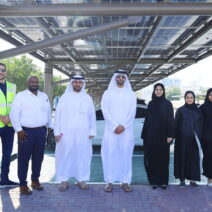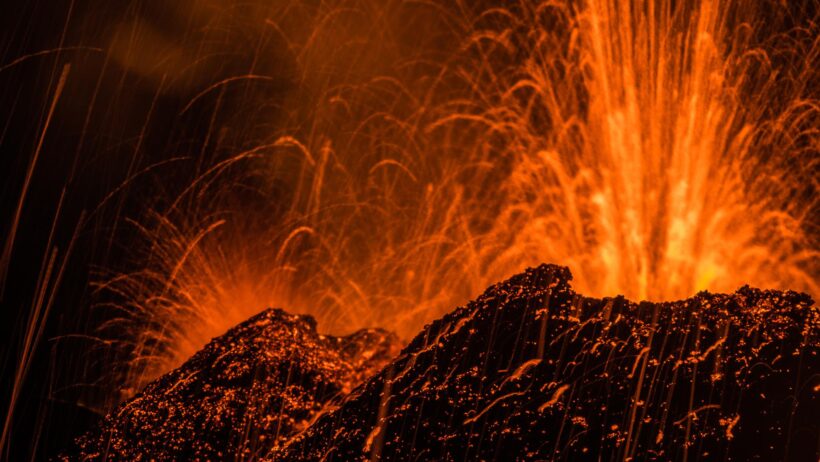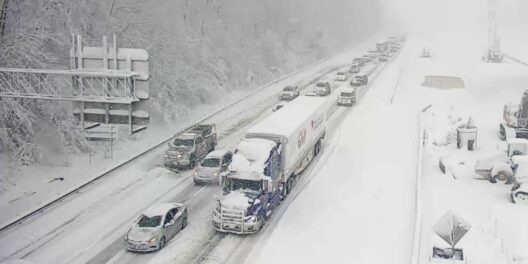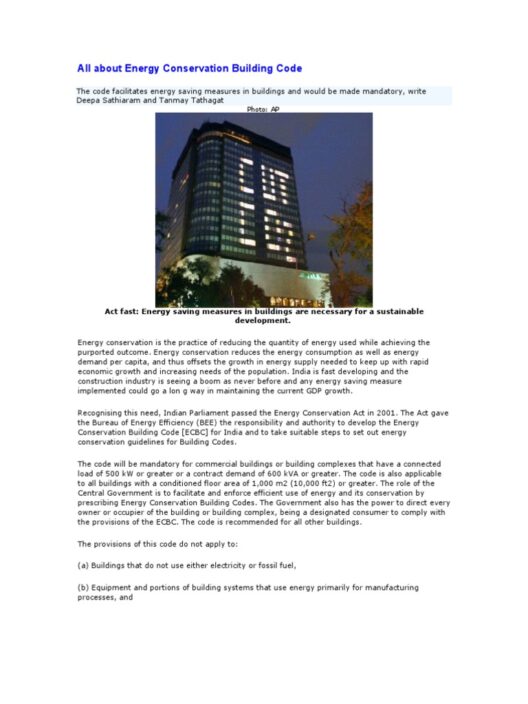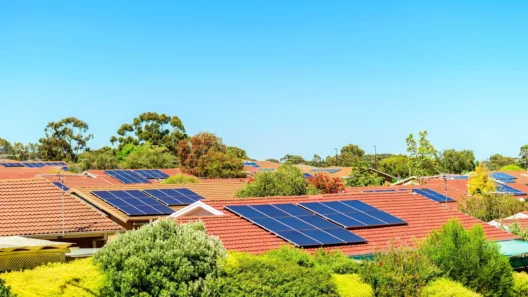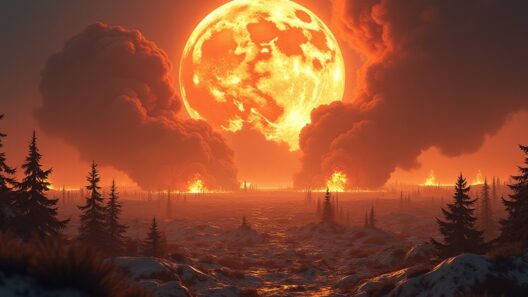Volcanoes, those majestic natural formations bearing witness to the Earth’s volatile temperament, can evoke a spectrum of emotions from awe to apprehension. Their eruptions can devastate landscapes in mere moments, yet, intriguingly, they may also play an unexpected role in influencing global temperatures. The nuanced relationship between volcanic activity and climate is a subject of fervent discourse among scientists and environmentalists alike. Are volcanoes meeting their fiery fate to heat the Earth, or are they sowing the seeds of cooling? To unravel this conundrum, one must delve into the multifaceted impacts of volcanic eruptions on climate and the surrounding environment.
First, it’s pivotal to understand the mechanics of what occurs during a volcanic eruption. When a volcano erupts, it releases vast quantities of gases and ash into the atmosphere. Among these substances, sulfur dioxide (SO₂) occupies a significant role. Once airborne, sulfur dioxide undergoes a series of transformations, ultimately leading to the formation of sulfate aerosols. These minuscule particles reflect solar radiation back into space, thereby inducing a cooling effect on the Earth’s surface. This phenomenon, though largely transitory, can lead to measurable decreases in global temperatures following significant eruptions.
Historically, the cooling effects of volcanic eruptions have been documented extensively. The Mount Pinatubo eruption in 1991 is a prime illustration. This eruption spewed approximately 20 million tons of sulfur dioxide into the stratosphere, resulting in a global temperature reduction of about 0.5 degrees Celsius over the subsequent years. Such events underscore that, at least in the short term, large-scale volcanic eruptions can provide a counterbalance to anthropogenic greenhouse gas emissions that contribute to global warming.
However, one must tread carefully amidst this narrative. The cooling effect produced by volcanic aerosols is ephemeral. The particles eventually settle, and any associated temperature decrease may be reversed. Furthermore, not all volcanic eruptions yield the same results. Smaller eruptions, while they can introduce carbon dioxide (CO₂), do not typically have the same cooling potential as their larger counterparts. In contrast, persistent volcanic activity localized in specific regions may contribute incrementally to long-term warming trends, especially when considering their emissions of greenhouse gases like carbon dioxide and methane.
Another dimension to the volcanic discourse centers around the geographical and geological contexts in which these eruptions occur. One region’s volcanic activity may have differing climatic repercussions—dynamics are intricately interwoven. For instance, eruptions in the tropics may exert more pronounced cooling effects than those that occur in higher latitudes. The dispersal of aerosols and subsequent atmospheric behavior is contingent upon various factors, including wind patterns and the timing of eruption, all contributing to the complex climatic tapestry.
Moreover, alongside the cooling effects, volcanic eruptions often release tremendous amounts of CO₂, a potent greenhouse gas. This poses the question of whether the net effect of volcanic activity ultimately leads to a warming climate. Indeed, when viewed through the lens of long-term climate history, episodes of significant volcanic activity have been associated with warming trends over geologic timescales. The interplay between volcanic activity and climate is a constant balancing act, with eruptions at times acting as both catalysts for warming and cooling exercises.
The unpredictability of volcanic eruptions adds another layer of complexity. Scientists continue to study and monitor these geological phenomena to refine predictive models, yet eruptions can still occur with little warning. As such, understanding the long-term impacts on climate is fraught with challenges, compounded further by anthropogenic influences that may overshadow natural geological activity.
In recent years, some researchers have even explored the concept of artificially deploying volcanic-like techniques to combat climate change. This provocative idea involves injecting sulfur dioxide into the stratosphere to mimic the cooling effects of eruptions. While it holds the promise of potentially lowering global temperatures, ethical and environmental concerns abound. Could this geoengineering reversal exacerbate existing climatic imbalances, and what unforeseen consequences might arise from such manipulation?
As we grapple with the existential threat posed by climate change, the role of volcanoes serves as a reminder of the Earth’s natural cycles and rhythms. On one hand, they exhibit the planet’s capacity for both destruction and restraint; on the other, they remind us of the delicate balance inherent in Earth’s systems. While their immediate impact may lean towards cooling, the long-term narrative is far more complex, interwoven with a host of factors both natural and anthropogenic.
In conclusion, the question of whether volcanoes are heating or cooling the Earth cannot be definitively answered with a singular narrative. Instead, it reveals a layered story of volcanic influence on climatic variability. With every eruption, the Earth continues to demonstrate its unpredictable and intricate nature. As we seek to confront the challenges of climate change, a mature understanding of such volcanic dynamics could illuminate paths forward—reminding us that, in the grand scheme of planetary systems, every eruption is both a warning and a lesson, urging us to tread lightly on this fragile Earth.
